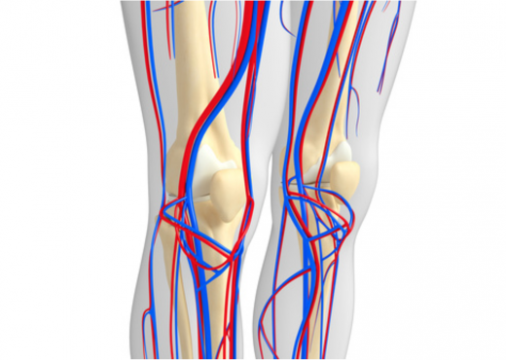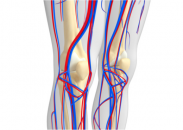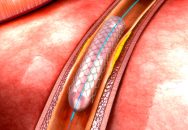This cohort study shows that, from 2006 to 2015, the overall survival rate increased and the risk of major amputation decreased following lower limb revascularization. These population observations indicate that outcomes after lower limb revascularization have improved during the assessed period, and so have the centralization and specialization of interventional services. The availability and diversity…
What’s New in the European Guidelines on Peripheral Arterial Disease
Since the last version of the European guidelines on the diagnosis and treatment of peripheral arterial disease in 2011, there have been many trials and registries that warrant guideline adjustments in many aspects. The first novelty is the teamwork that gave way to these guidelines, which were written in collaboration with the European Society of…
What is the effect of statins on amputations, and survival in peripheral vascular disease?
The prevalence of peripheral arterial disease is between 15% and 20% of patients older than 65 years and its severity is greatly underestimated. In fact, annual mortality is higher in patients with peripheral arterial disease (8.2%) than in those after acute myocardial infarction (6.3%). Despite the above, medical advice and efforts to modify risk factors…
Peripheral Vascular Disease Is Associated to More Events in TAVR
Courtesy of Dr. Carlos Fava. The incidence of peripheral vascular disease (PVD) is increasing and associated with negative outcomes when overlapping with cardiovascular disease. In patients undergoing TAVR, its prevalence varies between 28% and 42%, according to different studies. However, its real impact on the rate of survival is still unclear. This study analyzed 27,440 patients >65 years…
Common Femoral PCI Becomes a Valid Alternative
Gentileza del Dr. Carlos Fava. The common femoral artery has always been treated with surgery. Thanks to the development of new generation stents and the advancement of percutaneous intervention, common femoral lesions are currently being treated with PCI. However, data on the safety of PCI vs. surgery, remain unavailable. The TECCO is multicenter study, randomized…
Critical ischemia in the lower limbs: Frequent Readmissions show the magnitude of this problem
Readmissions at 6 months in patients with critical ischemia in the lower limbs occur in about 50% of all cases and most of them are unplanned. This truly alarming number is cause for further concern when taking into account that only part of these readmissions are related to vascular problems. Many are caused by comorbidities…
Critical Limb Ischemia: Wound Blush Is the Most Important Objective
The aim of this study was to find the optimal angiographic endpoint for infrapopliteal interventions to be able to predict wound healing. Evidence shows acceptable patency and successful limb salvage in patients with critical limb ischemia after infrapopliteal intervention. However, the optimal angiographic endpoint remains unclear. Is it enough to restore flow in one…
A new alternative for PCI of the common femoral artery
Courtesy of Dr. Carlos Fava. Not long ago, atherosclerosis of the common femoral artery used to be treated surgically and, thanks to better training and new balloon devices, we have advanced the endovascular treatment alternative. However, severe calcification continues to be a great limitation. This study aimed at evaluating the feasibility and one year…
Bioresorbable Scaffolds: Promising in Peripheral Territory
Bioresorbable Vascular Scaffolds (BVS) could change the paradigm of peripheral angioplasty according to several small studies suggesting these everolimus eluting devices could significantly improve symptoms in patients with intermittent claudication. [plain] Three year outcomes of the ESPRIT I trial, presented at VIVA 2016 (held in Las Vegas) showed there were no new events between…
Paclitaxel Drug Coated Balloon in Femoral: Effective at Long Term?
In patients with symptomatic peripheral vascular disease, the paclitaxel coated balloon showed superior efficacy at 3 years compared to the conventional balloon, in addition to very good results at one year when tested in the real world outside strict trial inclusion/exclusion criteria. Both the IN.PACT SFA trial and the IN.PACT SFA global registry showed…
- 1
- 2









